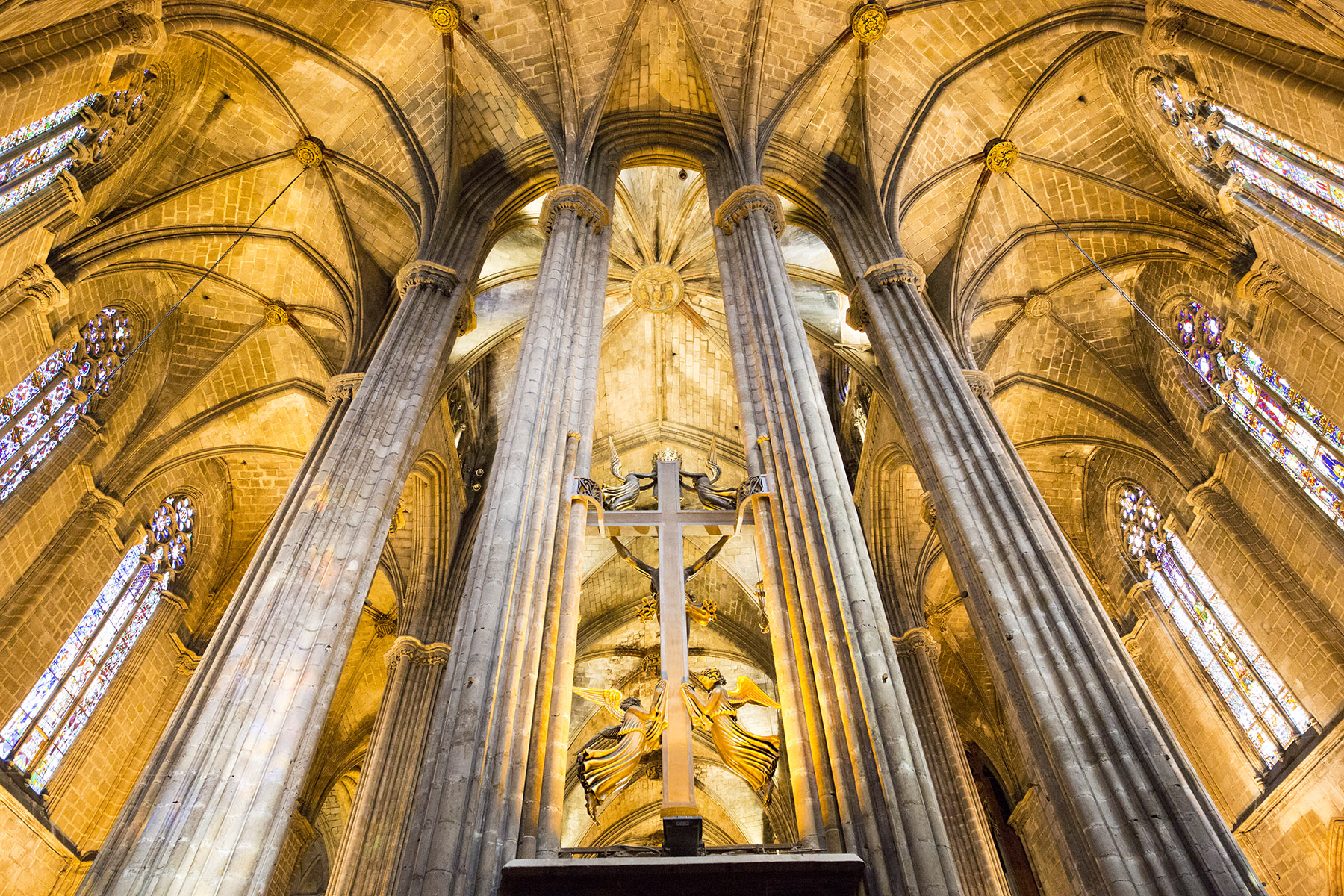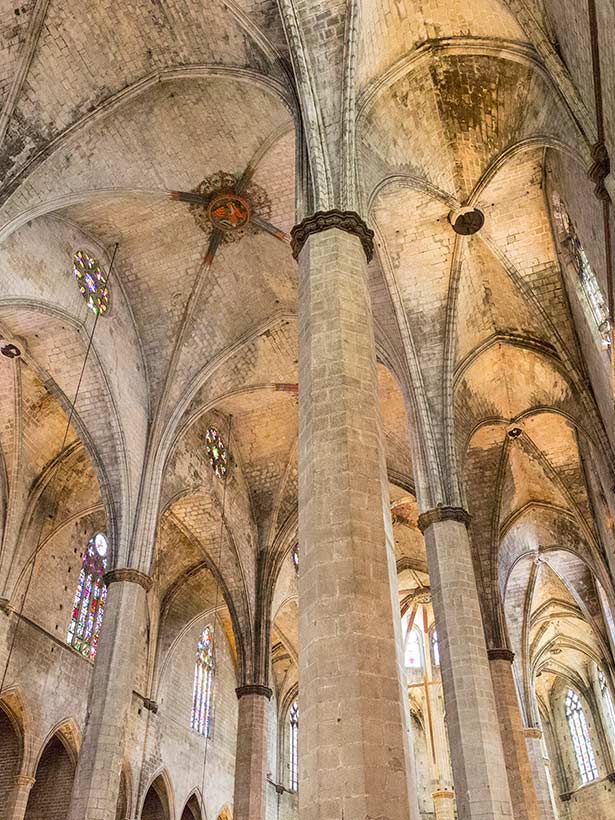The history of Barcelona
Barcelona begins with the Romans
The Romans are the first people that find interest in Barcelona. But not until Catalonia is united with Aragon (1137) does the city's greatness begin.
Roman statue in the museum of the city, at Placa del Rei
This event was to be the start of an expansion period that would make the Catalan language the most important language in the Mediterranean from around 1200 to the middle of the 14th century.
The cathedral of Barcelona in the Gothic Quarter
Complications in the 15th century
But in the early 1400’s difficult times started for Catalonia and the area was annexed to the crown of Madrid. Only in the 1800’s Catalonia began to experiencing yet another period of greatness again. This time the result was the so-called
renaissance and the birth of modernism - a flowering period of art, culture, language and architecture.The Roman founded Barcelona with a typically Roman city structure with streets, city walls, aqueducts, theaters, etc. The city was built from 15 BC, and was primarily an administrative town that not big enough to accommodate many residences. A large proportion of the population lived outside the city. At this moment cities like Tarragona (to the south) and Emporion, Nimes and Orange (north of Barcelona) were larger and more important towns.
Visigoths and Arabs
When the Roman Empire entered years of crisis around 300 peoples from the north started the invade the area of modern Spain. The Visigoths were one of the new people coming from north. In 415 the Visigoth King Ataulfo made Barcelona his capital.
The Arab period
After the Visigoths came the Arabs. In 711 they would cross the Strait of Gibraltar and start their voyage up north. In just 7 years they controlled most of the Iberian Peninsula. Barcelona became Arabic.
Today very little if left from the Arabs in Barcelona. Together with the Franks the Moors were fought. And under the leadership of Guifré el Pilos (Wilfred the Hairy) the county of Barcelona took control over what is modern Catalonia. A few centuries later an important occurrence took place: on August 11th 1137 the 2-year-old daughter of Ramir II of Aragon was married to the Count of Barcelona, Ramon Berenguer IV.
Thus Catalonia got a much sought-after King’s title. This created the ground for an expansion period, which should make the Catalonia-Aragon to a superpower in the Mediterranean Sea on the side of the powers such as Genoa and Venice. In subsequent years, Catalonia took Mallorca, Menorca, Ibiza, Valencia, Sicily, Naples and Sardinia. For a short period of time, Catalonia even controlled Athens.
Santa María del Mar - a church made in the period of Catalan power
Disasters in the history of Barcelona
In the beginning the the 15th century the king Martin the Human didn’t succed in having any children and so Catalonia became under control of the Antequera Kings in Madrid. After the Spanish Succession War, Catalonia’s position was further weakened. Catalonia had backed the Austrian King of in the major conflict and was punished by the winner of the war – the French king, Felipe V.
The Renaissance in Barcelona
This situation lasted until the mid-1850'erne when Catalonia went through an industrial revolution that started a prosperous period for the region. The so-called Renaissance (La Reneixença) began. Well into the 20th Century, names such as Antoni Gaudí, Domènech i Montaner, Puig i Cadafalch, Salvador Dalí, Joan Miró and Pablo Picasso owed much to the
Renaissance.



